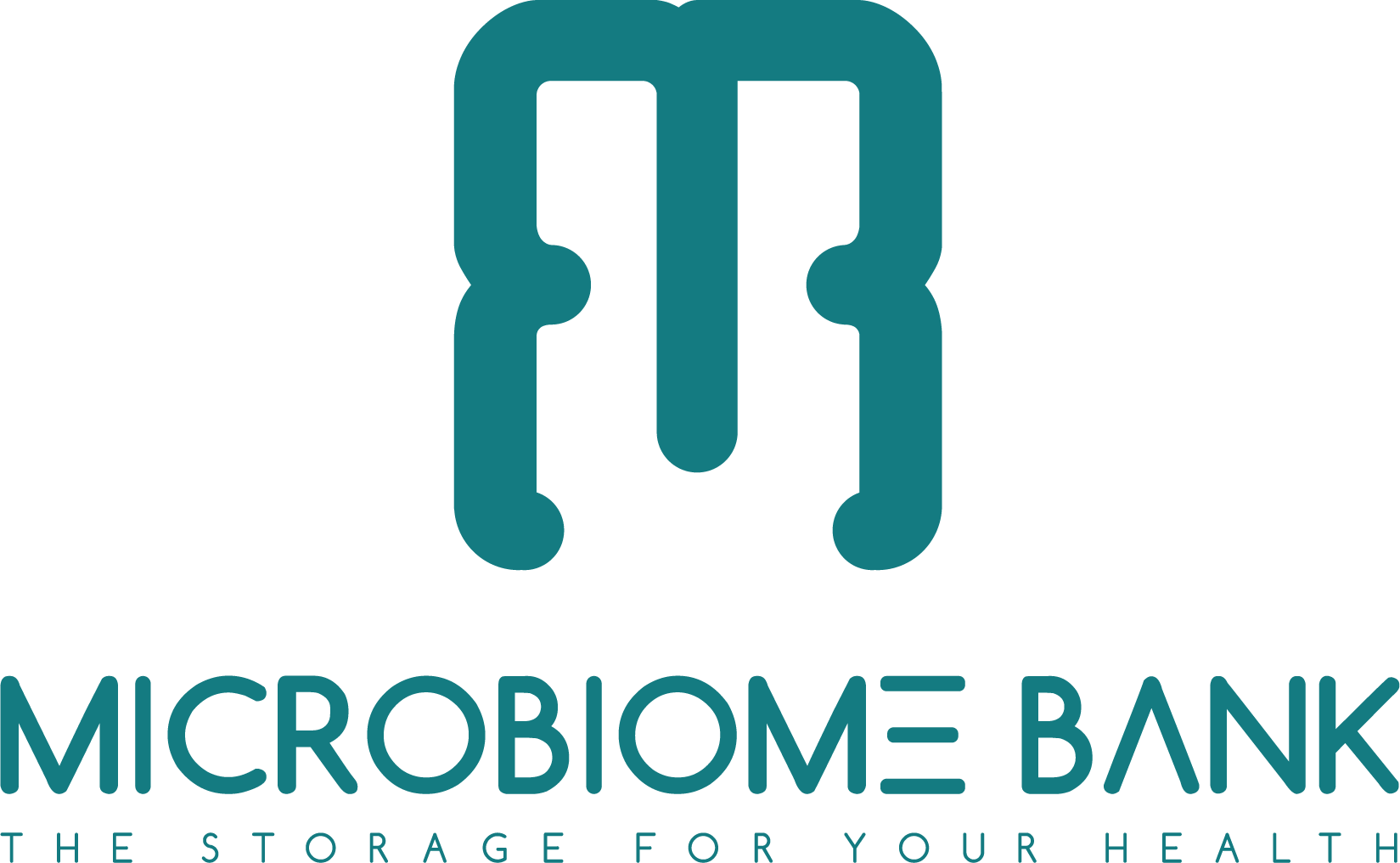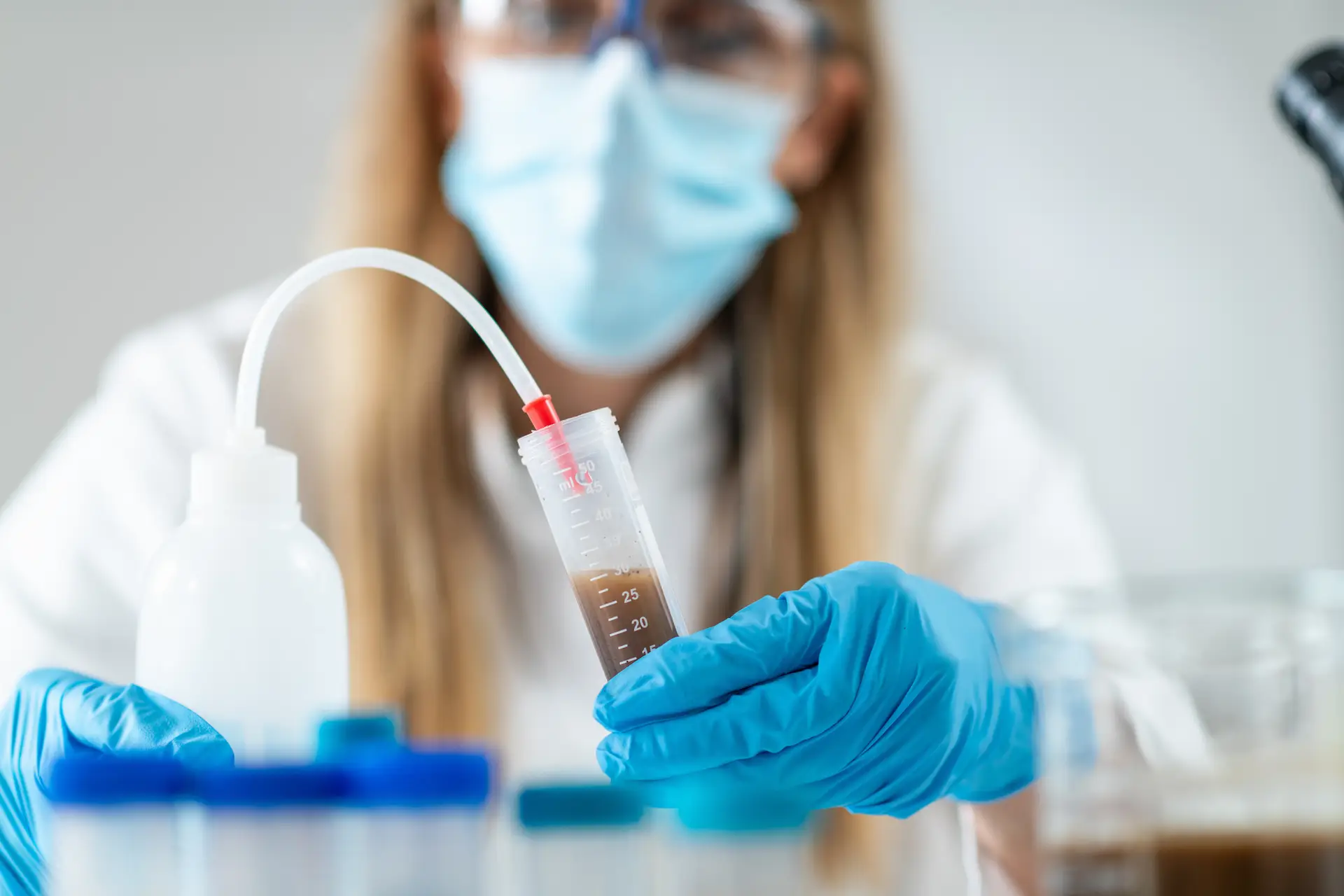Would You Swallow That to Live Longer?
He had done strange things before. Fasted for 3 days. Ran a 42K with nothing but water and salt on a 400m track. But then he was only 17. Participated in over a hundred fecal transplants. But this was different. This time, the recipient wasn’t sick. This time, the goal wasn’t survival – it was potential.
He first heard of Veillonella back in 2019. A researcher from Harvard Medical School described a bacterium enriched in the guts of Boston Marathon runners, one that turned lactate – the burn of effort – into propionate, a compound linked to endurance and recovery. In mice, a dose of Veillonella extended treadmill time by 13%. It was as if the microbes had unlocked a hidden gear. He knew Olympic athletes would kill for 2-3% increase in stamina.
That talk lodged itself in his mind like a seed. What if, he wondered, elite athletes didn’t just have better hearts or stronger minds – but a gut ecosystem fine-tuned by training? One that can digest almost everything? And what if that ecosystem could be borrowed?
So he asked three friends—all ultrarunners, different in many aspects – for a favor. Not training tips. Not pacing strategies. Well….those too. But samples. In the laboratory they screened one of their microbiota with his colleagues, checked for pathogens, and encapsulated it. Sixty capsules. Twenty times the normal dose. Stored dried. Ready to deploy.
He started to take them one morning with lemon water and chamomile. For ten days, with doubling the dose every single day. No ritual, no drama. Just data and a gut feeling. And then, he ran. Not a test run. Not a jog. Seventy-one kilometers, around the lake Velence, with the three that helped him. The numbers weren’t record-breaking. Not at all. It was suffering. With a bad knee he was aiming for completion. But what struck him was the absence of suffering from tiredness. No bonk. No real cramps. A strange, lucid ease.
Was it the Veillonella? The butyrate from Faecalibacterium prausnitzii? Or just placebo dressed in lab coat confidence? He didn’t know. But recovery was faster. Sleep deeper. Hunger more intuitive. Something inside had shifted—not just in his microbiota, but in his belief. And then he remembered the ultra swimmers. How they accomplished in Paris after receiveng an increased those of their own microbiota.
Sure to protect them. But now he knew. They all knew. Something was happening. And one year later the two Olympic athletes failed to deliver the same results without receiving the boost. Another coincidence? Maybe…
He’d always known FMT could save lives. Now he suspected it could upgrade them.
Next week: “The Enemies in My Pantry” — processed food, metabolic decay, and what it does to your microbes.
1. Scheiman, J., Luber, J. M., & Ilhan, Z. E. – Meta-omics analysis of elite athletes identifies a performance-enhancing microbe
Jonathan Scheiman, Jeffrey M. Luber, Zeynep E. Ilhan, Alexander V. Tuncay, Gregory A. Zeevi, Jacob J. Groach, and others, Meta-omics analysis of elite athletes identifies a performance-enhancing microbe, Nature Medicine, 2019 Jul;25(7):1104-1109.
What it found:
Scheiman and colleagues conducted a groundbreaking study in 2019 that identified Veillonella atypica as a performance-enhancing microbe enriched in the gut microbiota of Boston Marathon runners. Using meta-omics approaches, the researchers found that Veillonella species were significantly more abundant in athletes' fecal samples after endurance events compared to before.
The key mechanism they uncovered was Veillonella's ability to metabolize lactate—a byproduct of intense physical exertion—into propionate, a short-chain fatty acid associated with enhanced endurance and recovery. In a mouse model, administration of Veillonella isolated from athletes increased treadmill running time by 13%, suggesting a causal role in improving physical performance.
The authors proposed that this lactate-to-propionate pathway forms a feedback loop between host and microbiota: as exercise-induced lactate levels rise, Veillonella thrives, converting lactate into metabolites that, in turn, benefit the host’s endurance capacity. This discovery has opened new frontiers in microbiome-based ergogenic aids, with implications for both athletic performance and metabolic health interventions.
https://doi.org/10.1038/s41591-019-0485-4
2. Matsumoto, M., Inoue, R., & Tsukahara, T. – Voluntary running exercise alters microbiota composition and increases n-butyrate concentration in the rat cecum
Mitsuhiro Matsumoto, Ryo Inoue, and Takamitsu Tsukahara, Voluntary running exercise alters microbiota composition and increases n-butyrate concentration in the rat cecum, Bioscience, Biotechnology, and Biochemistry, 2008 Jun;72(2):572-576.
What it found:
Matsumoto et al. explored how voluntary exercise influences the gut microbiota composition and short-chain fatty acid production in rats. The study demonstrated that exercise, independent of dietary changes, can selectively enrich beneficial bacteria capable of producing n-butyrate, a SCFA known for its anti-inflammatory and gut barrier-supporting properties.
Although the primary focus was on butyrate, the findings highlighted a broader principle: physical activity directly reshapes the gut microbial environment, enhancing the abundance of taxa that contribute to improved host metabolism and resilience. The observed increase in butyrate-producing bacteria suggests that the gut microbiota adapts to support higher physical demands by enhancing metabolite pathways beneficial for energy utilization and recovery.
While Veillonella was not the primary focus, the study underpins the concept that exercise-induced changes in microbial composition can create a more performance-optimized gut ecosystem, setting the stage for subsequent research on lactate-metabolizing bacteria like Veillonella in athletes.
https://doi.org/10.1271/bbb.70520
3. Petersen, L. M., Bautista, E. J., & Nguyen, H. – Community characteristics of the gut microbiomes of competitive cyclists
Lauren M. Petersen, Eliza J. Bautista, Hai Nguyen, Robert W. Phan, and John C. Gaffney, Community characteristics of the gut microbiomes of competitive cyclists, Microbiome, 2017 Apr 4;5(1):98.
What it found:
Petersen and colleagues conducted a comprehensive analysis of the gut microbiota of competitive cyclists to identify microbial patterns associated with high physical performance. They found that endurance athletes exhibited significantly higher microbial diversity, with an enrichment of taxa involved in carbohydrate metabolism, SCFA production, and mucosal immunity modulation.
Among the key findings was a higher prevalence of Veillonellaceae family members, aligning with the hypothesis that lactate-metabolizing microbes contribute to endurance performance. The study also noted increased levels of Akkermansia muciniphila and Faecalibacterium prausnitzii, both known for their roles in gut barrier integrity and anti-inflammatory effects.
The research supports the idea that the gut microbiota of trained athletes is not a passive consequence of diet and exercise but an adaptive ecosystem that co-evolves with physical activity patterns. This microbial adaptation likely enhances substrate availability, optimizes energy extraction, and aids recovery, suggesting a potential to transfer these traits through microbiota-based interventions like FMT.
https://doi.org/10.1186/s40168-017-0333-0


